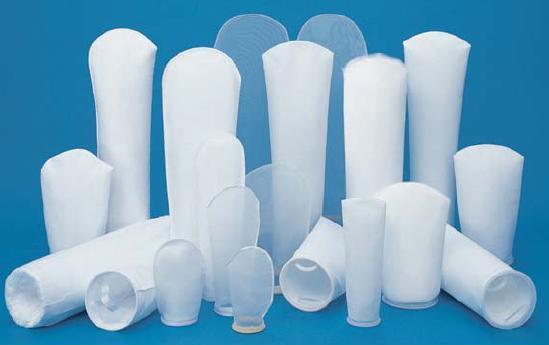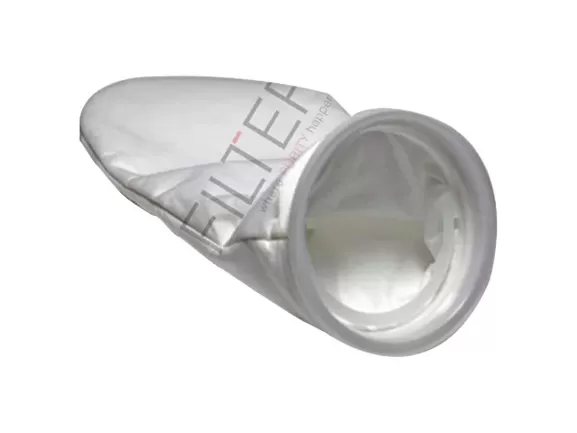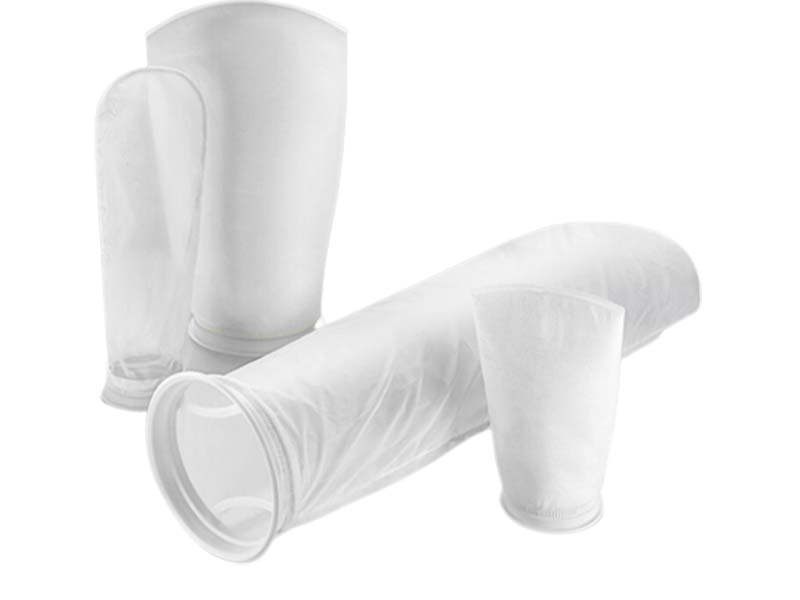When considering the process of treating the water, you have to understand that the filtration system determines if that is effective or not. An integral part of such a system is a filter bag. Most people think that selecting the right filter bag is a trivial choice, but in reality, it matters a lot in your water treatment operation. Let’s delve into some of the important factors that you ought to assess prior to making a choice on the filter bag for your water treatment requirements.

Consider The Nature Of Contaminants
Most importantly, when choosing a filter bag, one has to consider the types of contaminants that are present in the water. Each of these applications entails a set of filtration specifications.
Fun Fact:
Think of it this way – almost 2 billion people have no access to safe drinking water as stated in the World Health Organization (WHO) report, hence, there is nothing more important than good filtration systems. That is the quickest way to help prevent diseases!
The Rating of Micron is Important
The micron rating provides a measurement of the filter bag in relation to the particles captured by it. The lower the micron rating, the finer the filtration and the higher the rating, the larger the particles that pass through.
Pro Tip:
In the event that you do not know which micron rating to select, you should try starting off your filtration with a bag that has a micron rating just a bit lower than the smallest particle you are expecting to have in your water.
Choice of Material
Common materials are polyester, polypropylene and nylon. Each material type has its strengths and weaknesses depending on the chemical resistance, temperature resistance and filtration efficiency.
- Polyester: Good for general filtration and cheap.
- Biobased Polypropylene: Suitable for high temperatures hence useful in oil filtration.
- Nylon: Very strong, very resistant to chemicals and can be used in extreme conditions.
Statistical Insight:
A study has shown that by employing the correct filter material, increases the lifetime of your filtration system by as much as 30%. This attracts cost savings as well as lesser downtimes.

Flow Rate Considerations
The flow rate is one of the determining factors when dealing with any kind of filtration technique. It is advisable to choose a filter bag according to how much flow rate you foresee in your application.
Did You Know?
In a poorly-designed blistering device at least one of the blades can reduce the total flow completely by 50 % which affects the treatment of water in terms of the quality and in terms of speed of processing.
Chemical Compatibility
As a matter of fact, in several instances, the water treated in the course of treatment includes the chemicals that might cause deterioration
Insider Tip:
Take the time to consult the manufacturer compatibility charts. Selecting a bag originating from a supplier that withstands the given chemicals during the operation will save you from worries of having to replace it sometime in the future.
You Should Also Read this Blog: Top 10 Environmental Benefits of High-Flow Filtration
Disposal and Environmental Impact
The environmental footprint of the filtration alternatives you choose to make is more imperative than ever before in the present day’s environment friendly century. It is advisable to choose these filter bags which are recyclable or made of materials that will not pollute the surroundings.
Key Statistics:
As per the legislatures report on our people’s domestic habits, up to 30% of waste in people’s garbage can be blamed on packaging and disposables. If one chooses to go for environmentally friendly filtration, the above wastes can be controlled.
Cost vs. Quality
When you can find the cheapest option available, it is very hard to resist the temptation to rush for the ban. While filtration may be expensive, especially the quality, this is what pays when deploying cleanse systems.
A Bonus Insight:
A low cost engineering bag might result in excess bag changes and poor efficiency.
Wrapping It Up!
The careful process of selecting a filter bag is one of the terribly critical steps in the maintenance of the quality and safety of the water. If you analyze such issues as the kind of dirt, micron rating of filter, materials, dimensions, flow rate, chemical and environmental considerations, and the cost of the bag, you will surely have a solution that fits your needs. Every drop of water is important in the water treatment process. Good luck on the filtration process!


